With everyone making new year's resolutions, the start of the new year is a great excuse to get your finances back on track. Especially if you have debt, it may already feel overwhelming and seemingly without an end. However, by taking small manageable steps, you can gradually eliminate your debts and get control of your financial future. Here are 6 steps on how to plan your finances for the new year ahead.

Mehaniq/shutterstock.com
Step 1: Identify Your Financial Goals

Take some time to reflect on your long-term financial goals. You may decide that you want to save for an extended trip abroad, save for a downpayment on a new home, pay off your debts, or start saving for retirement. These goals will impact how you plan your finances and budget for the following year.
Your long term goals are what you want to achieve, such as buying a home.
Your short term goals are how you will get there, such as following a budget and decreasing your monthly spending.
Step 2: Track Your Finances for the Last Three Months

Tracking your finances may be more difficult to do after the fact. Be sure to look at your debit and credit card bills and pull out any old receipts. The goal is to see how much you spend and in what categories. This rough estimate of your spending habits will help you with your next step when you design your budget. Try to sort and organize your expenses into categories. Here's a sample list. Monthly Income: $3,000 Rent/Mortgage: $1,200 Insurance: $250 Groceries: $300 Dining Out: $200 Auto Loan: $375 Gas: $100 Household Bills (Utilities: gas, electric, cable): $150 Savings: $100 Entertainment/Recreation: $175 Personal Care: $150
Step 3: Design Your Actual Budget
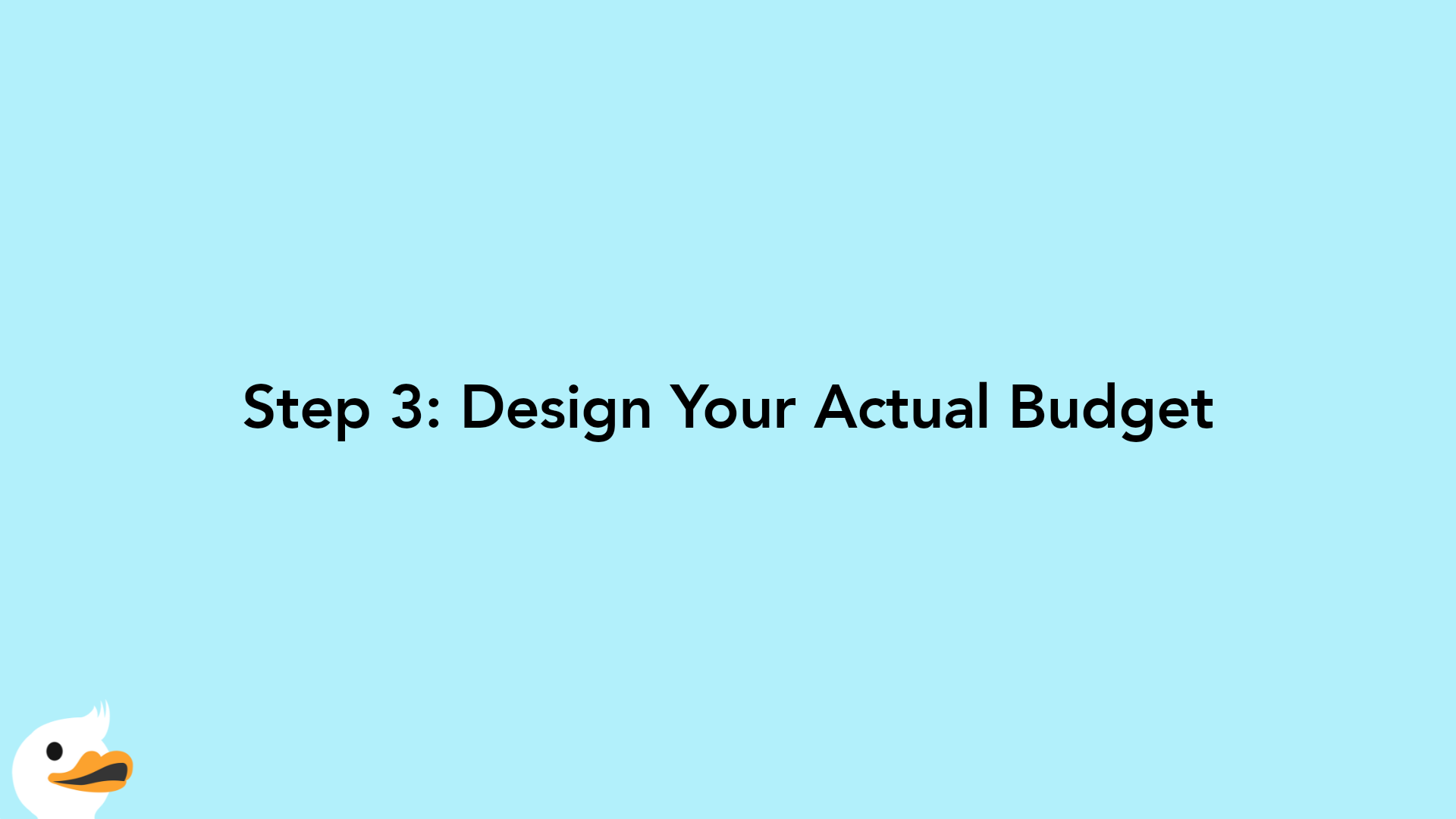
First, you will want to see some recommended budget percentages. You can easily find these online. The goal is to compare how your expenses stack up against what the financial experts say. Of course, no budget fits everyone perfectly. You will need to adjust the budget to suit your family's needs.
Here is a sample budget percentage breakdown: Housing 25-35% Insurance 10-25% Food and Beverage 10-15% Transportation 10-15% Utilities 5-10% Savings 10-15% Entertainment 5-10% Clothing 5% Personal Care 5-10%
By following these recommendations with the sample $3,000 monthly income in Step 2, you should be spending: Housing $750-$1,050 Insurance $300-$750 Food and Beverage $300-$450 Transportation $300-$450 Utilities $150-$300 Savings $300-$450 Entertainment $150-$300 Clothing $150 Personal Care $150-$300
Please note that some categories have a range. If you spend higher in one area, you will need to decrease your spending on another. The total percentage for all your expenses should add up to 100%. This method is called the zero-based budget.
Compare what you actually spend to what you should be spending, analyze what you can adjust and identify areas that you can slim down your budget. These changes will be your short term goals.
In our example, our housing expense is a bit more than it should be. This is not surprising because the cost of living varies from city to city. Depending on the area you live in, you will likely spend more on housing than anything else. My budget is guilty of this! Unfortunately, unless you decide to downsize and move, you can't really change that. So, let's move on.
Next, you are only paying $250 in insurance. That's great. This means we have some extra money in this category that can be moved to the housing category.
The food and beverage category includes groceries and dining out together. The maximum recommended expense is $450. You are a bit out of your budget and may be overspending.
For transportation, we will add the cost of gas and your auto loan. In total, your transportation costs are $475. Fortunately, you aren't too high out of your budget. On the other hand, we will need to compensate for the extra $25 in another category.
Despite the high housing expense, your utilities are quite reasonable.
You are not saving as much as you should. However, this is understandable since you have an auto loan. It seems that your first priority should be to pay that off so you can utilize those funds elsewhere.
Your entertainment and recreation budget is under the allotted amount. However, this begs the question, are you budgeting what you are spending that month, such as for the movies? Or will this budget category fund your next vacation to Japan?
Finally, for personal care, you are spending $150, including clothing. Congratulations! That is less than the budget percentage recommendation.
Here is what your budget percentages look like. Housing 40% = $1,200 Insurance 8.3% = $250 Food and Beverage 16.7% = $500 Transportation 15.8% = $475 Utilities 5% = $150 Savings 3.3% = $100 Entertainment 5.8% = $175 Personal Care 5% = $150
To reach your financial goals, such as paying off your auto loan, where can you move some money around so that more of your income can go into paying off your debts faster? Can you eat out less? Can you spend less on entertainment? By slimming down budgets in your other categories, you can realistically pay off your debts sooner.
For example, here is an ideal budget to help pay off your auto debt faster. Housing 40% = $1,200 Insurance 8.3% = $250 Food and Beverage 15% = $450 Transportation 19.2% = $575 Utilities 5% = $150 Savings 3.3% = $100 Entertainment 4.2% = $125 Personal Care 5% = $150
By removing $50 from your food and budget category and $50 from your entertainment category, you can put an extra $100 towards your auto loan every month. Of course, this will take some self-discipline to skip that cup of coffee and pass on that extra drink. But, you will also save on future interest payments if you pay off your debt faster. Be sure to check for any prepayment penalties in your terms and conditions first.
Step 4: Optimize Your Credit Cards and Credit Lines

If you weren't budget conscious when you opened your credit cards and lines of credit, you might not have considered the annual fees. Now is the time that you should critically analyze what credit cards and open lines of credit you have. Most of these have a yearly fee of approximately S$150 a year. Is it worth it to have this card? Do the rewards justify or offset the cost?
Numerous credit cards do not have an annual fee and offer great rewards too. Alternatively, you can check the terms and conditions of your credit cards to see if they offer fees waivers. Some cards will waive the fee if you spend a minimum amount every year. You can also consider calling the bank to waive the fee. Some banks are willing to work with you in hopes that they can keep your business.
The most important thing to keep in mind is if you aren't using it, it's probably best to close the card or credit line.
Step 5: Review Your Savings
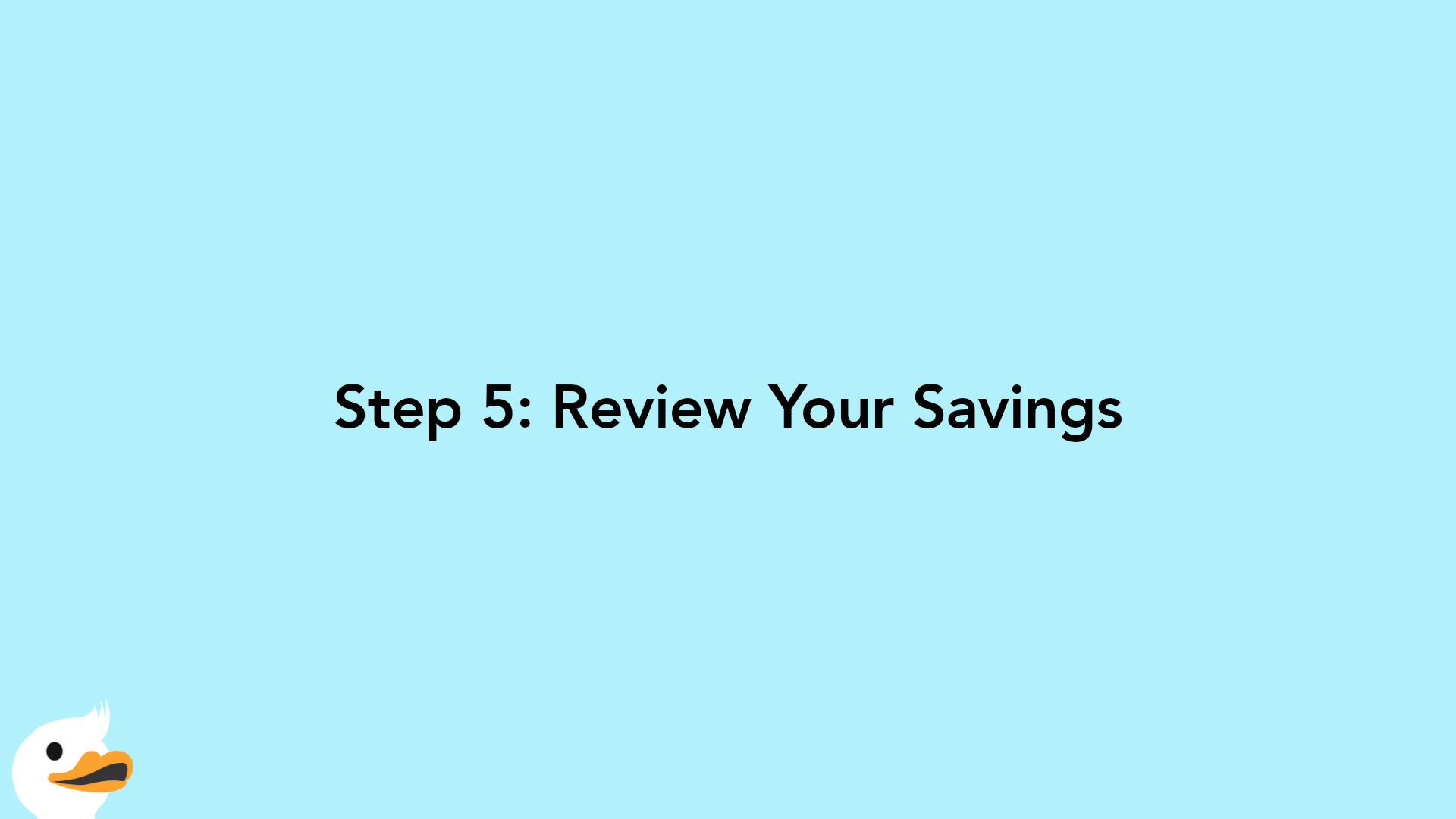
One commonly overlooked finance step is having enough liquid cash reserves in your bank accounts. It is recommended to have at least six months of expenses saved up. This emergency fund will help you in a crisis, such as for unexpected medical bills or if you suddenly lose your job, to stay out of debt until you can get back on your feet.
As a result, never slim down your savings budget. Instead, as soon as you pay off your auto loan, it is advisable to put all those funds to pad your savings account.
Step 6: Consider Insurance

Monster Ztudio/shutterstock.com
As you attempt to get a handle on your expenses, you may consider some protection as well. There is nothing faster to throw your budget out the window than unexpected medical bills, an accident resulting in disability, or the death of a family member resulting in the loss of his or her income.
There are a few types of insurance policies to help with these sudden tragedies.
Life insurance guarantees a death benefit in the case that the insured dies. This payout is extremely important, especially if the insured is the sole breadwinner.
Critical illness insurance pays a lump sum when you are first diagnosed with one of the policy's covered critical illnesses, such as cancer. This insurance can be used to pay for medical expenses and everyday bills.
Hospital cash insurance pays a fixed sum for each day you are hospitalized. This insurance is designed if you are ever in an accident and taken to the hospital.
Disability income insurance replaces part of the insured's income if he or she is suddenly unable to work. The amount is up to 80% of the insured's average monthly salary and lasts for a number of years. Since this insurance only provides a portion of the insured's income, this insurance is only a temporary solution. Your family will need to find alternative income to compensate for the lost wages.
Medical expense insurance is best for those who do not receive healthcare assistance from their employer or work. As indicated by its name, this insurance helps reimburse medical expenses incurred from sickness or injury. This insurance will not reimburse you for time off work, but it will help alleviate some financial pressure from unexpected medical bills.
Step 7: Review Your Investment Options

If you have a good handle on your finances, it may be time to talk to a qualified financial advisor. You want to familiarize yourself with different investment options to make smart investments. In general, your long-term investments should grow at about 2% above the rate of inflation. In other words, that is approximately a 5% return per year. Your financial advisor will be able to explain your options and help you save for retirement.
Final Thoughts

The key to proper money management is the act of balancing your income with your expenses. We all wish we could make more money. However, the reality is that we can still be successful if we spend our money carefully. This means avoiding those spontaneous shopping sprees and always staying within budget.
By sticking to your budget, you will be able to get out of debt sooner, add to your savings, and possibly even start saving for a new house or retire earlier. May the new year incentivize you to get control over your finances. Get out from under debt. Start spending wisely. Save faster. Get your finances back on track.

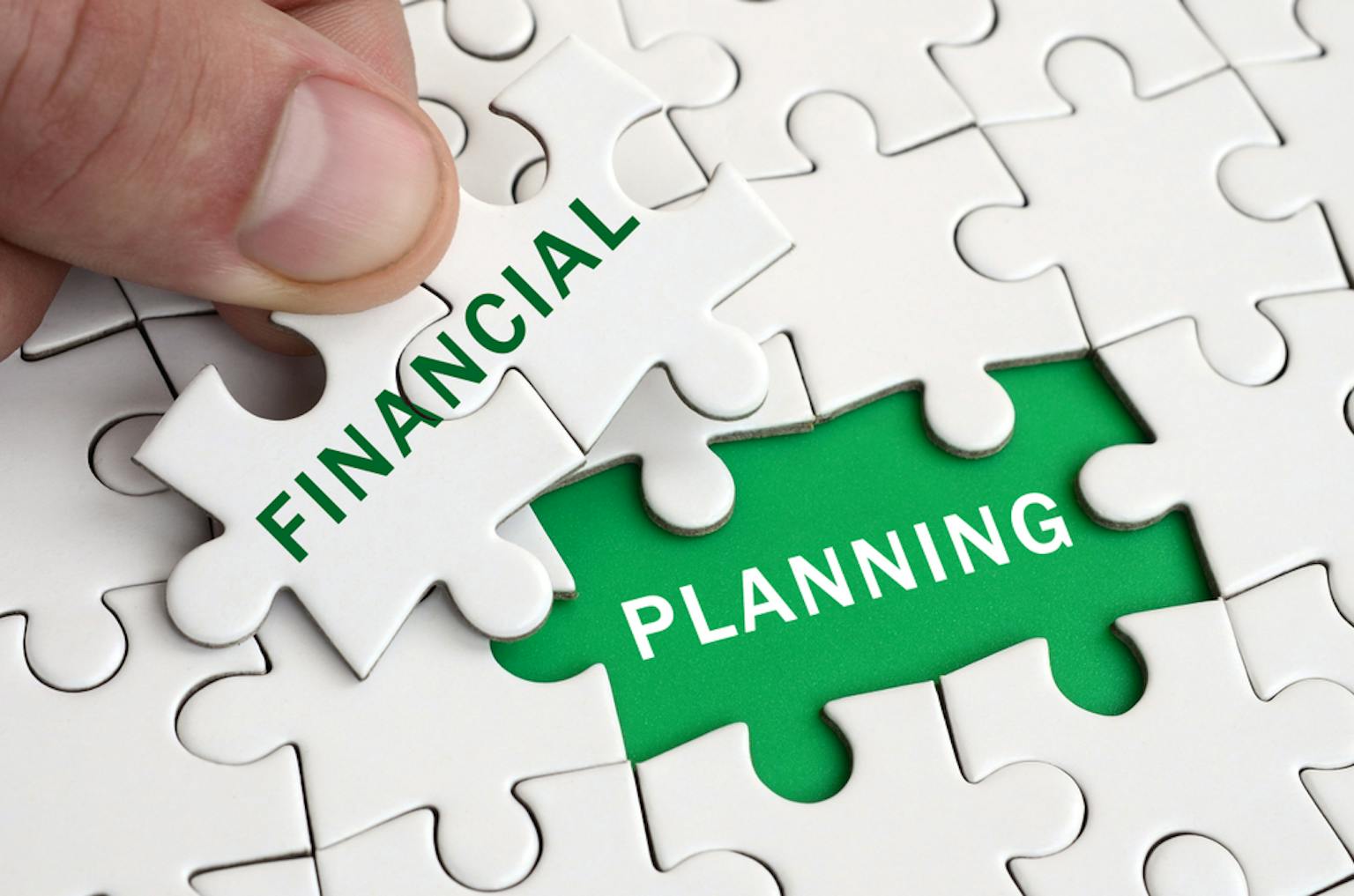






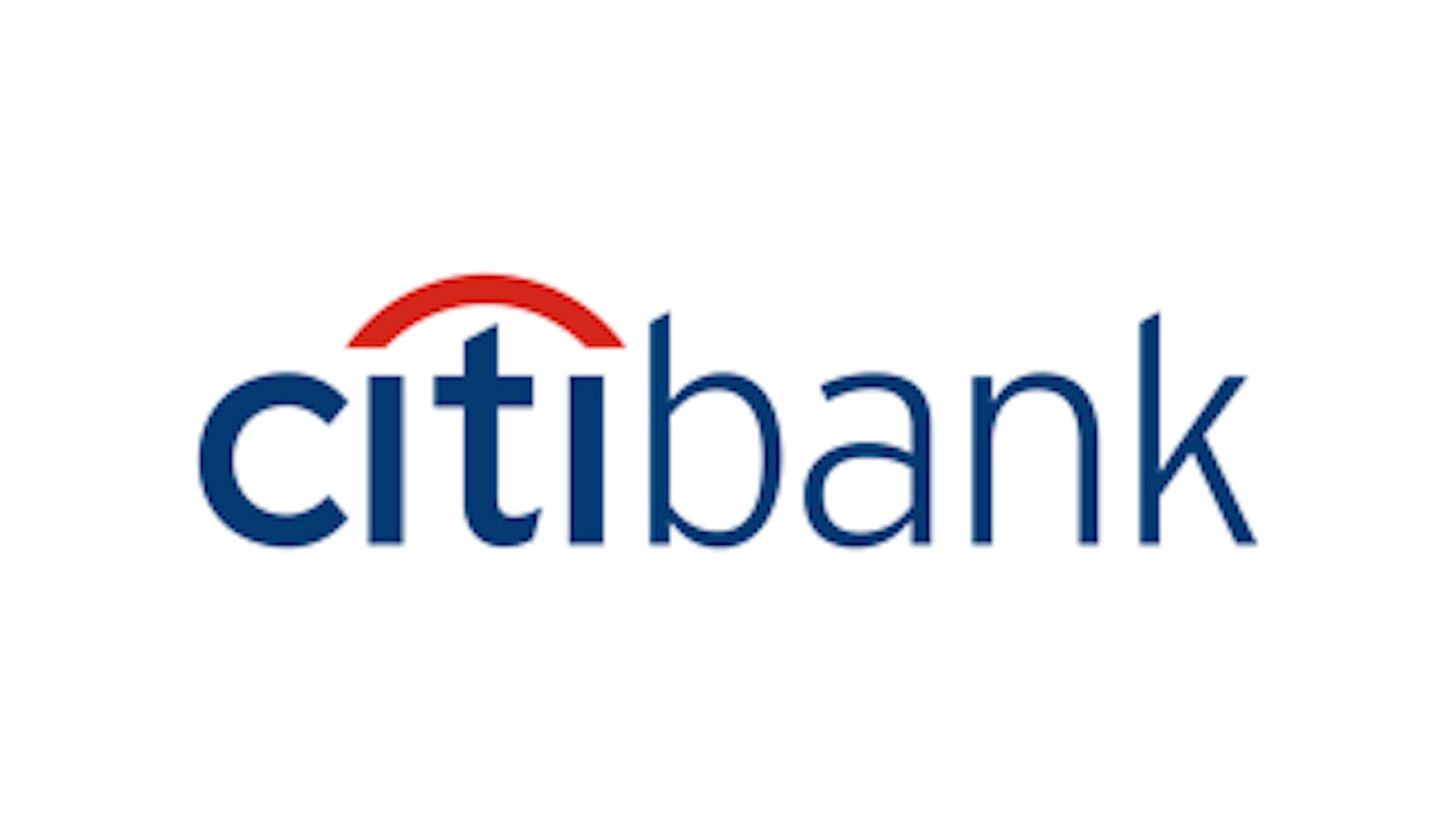

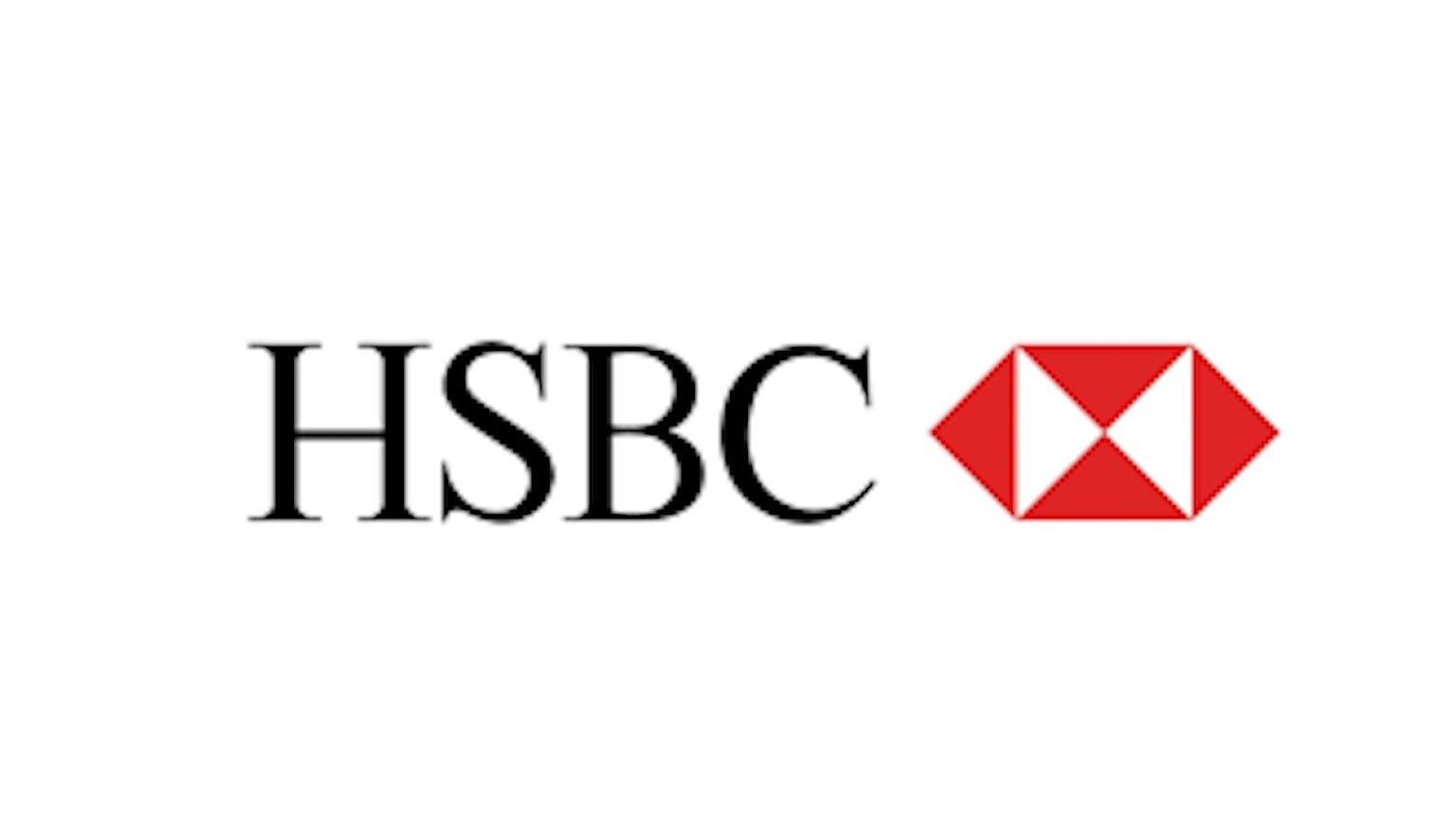

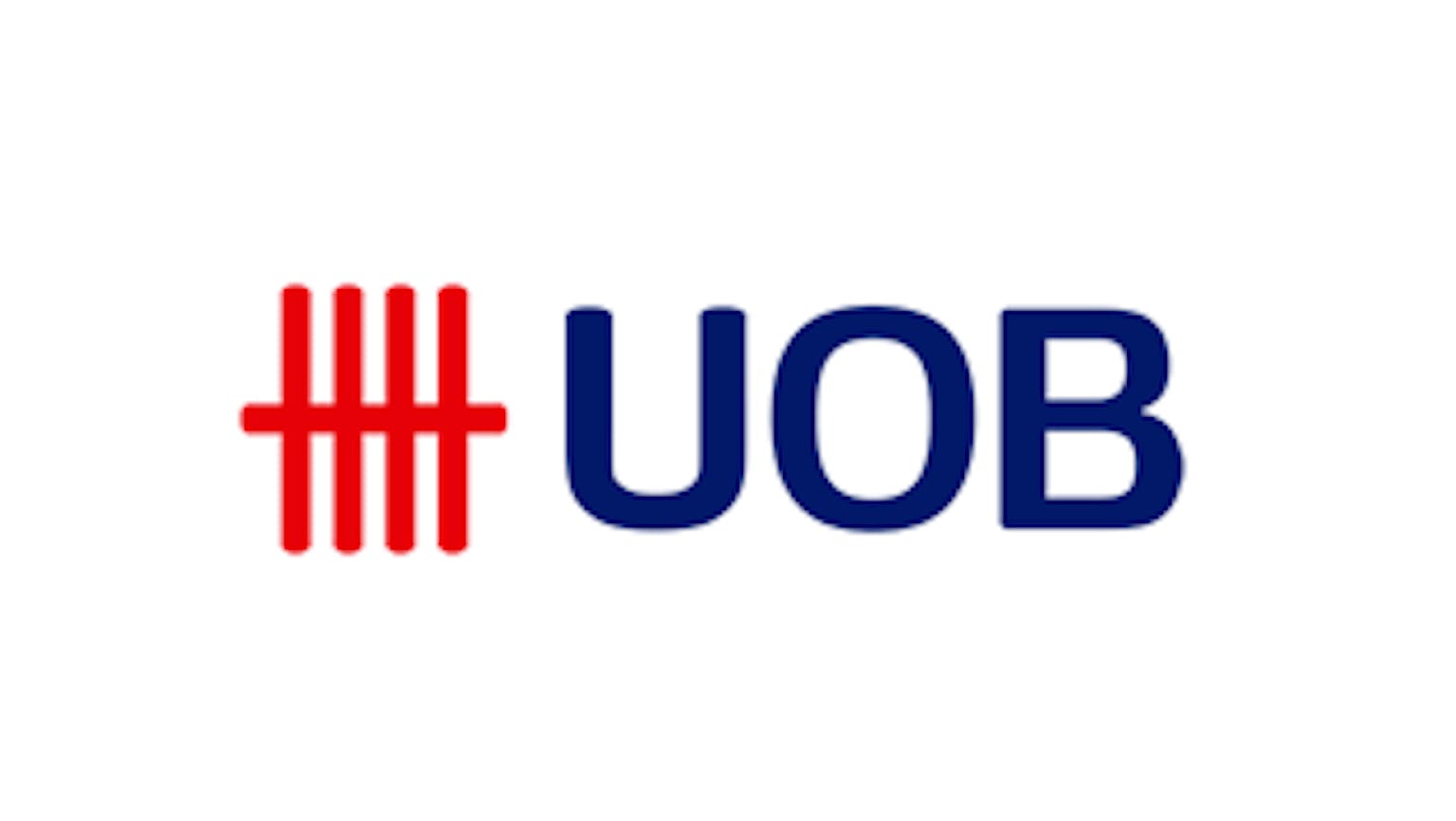
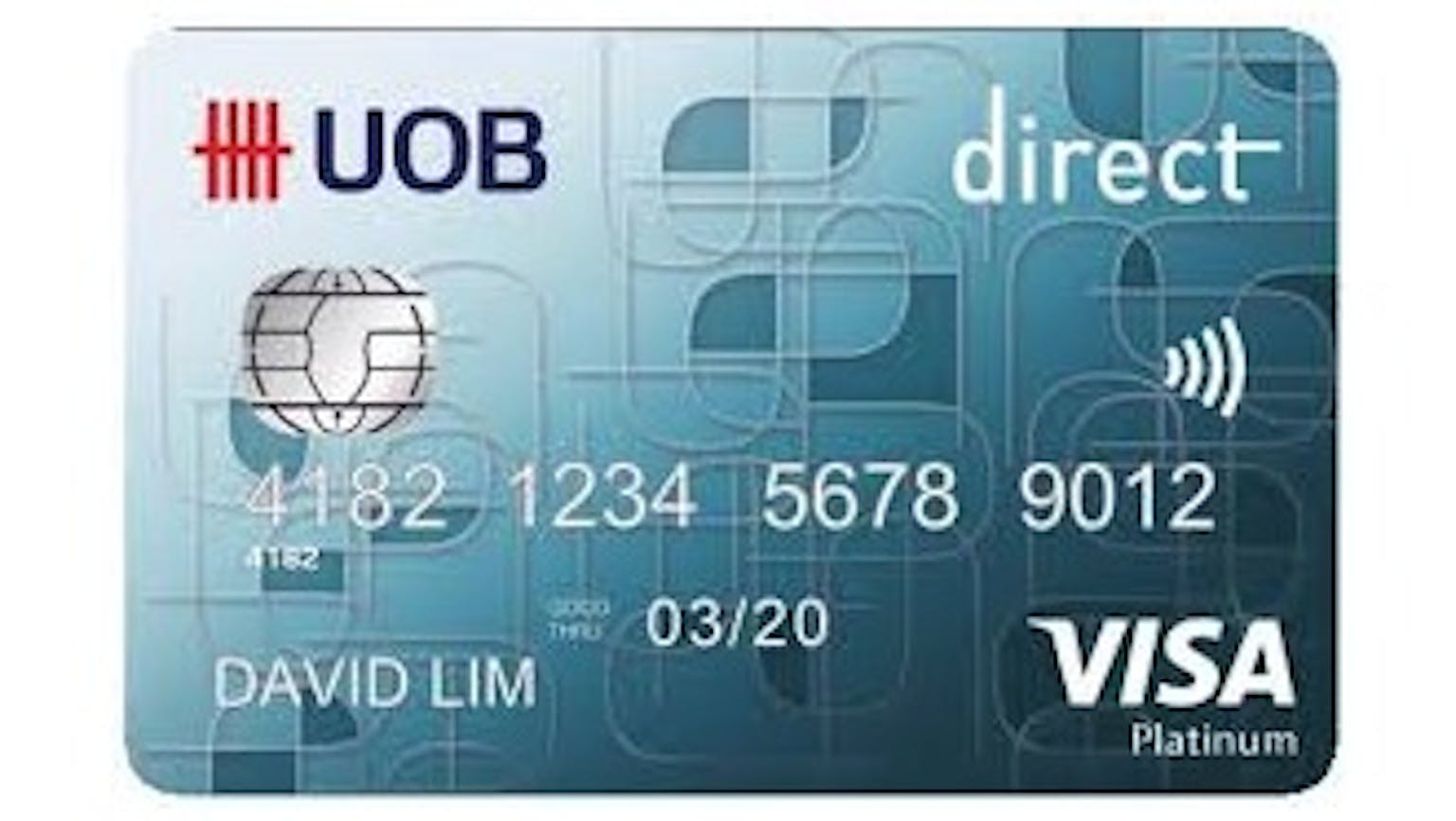
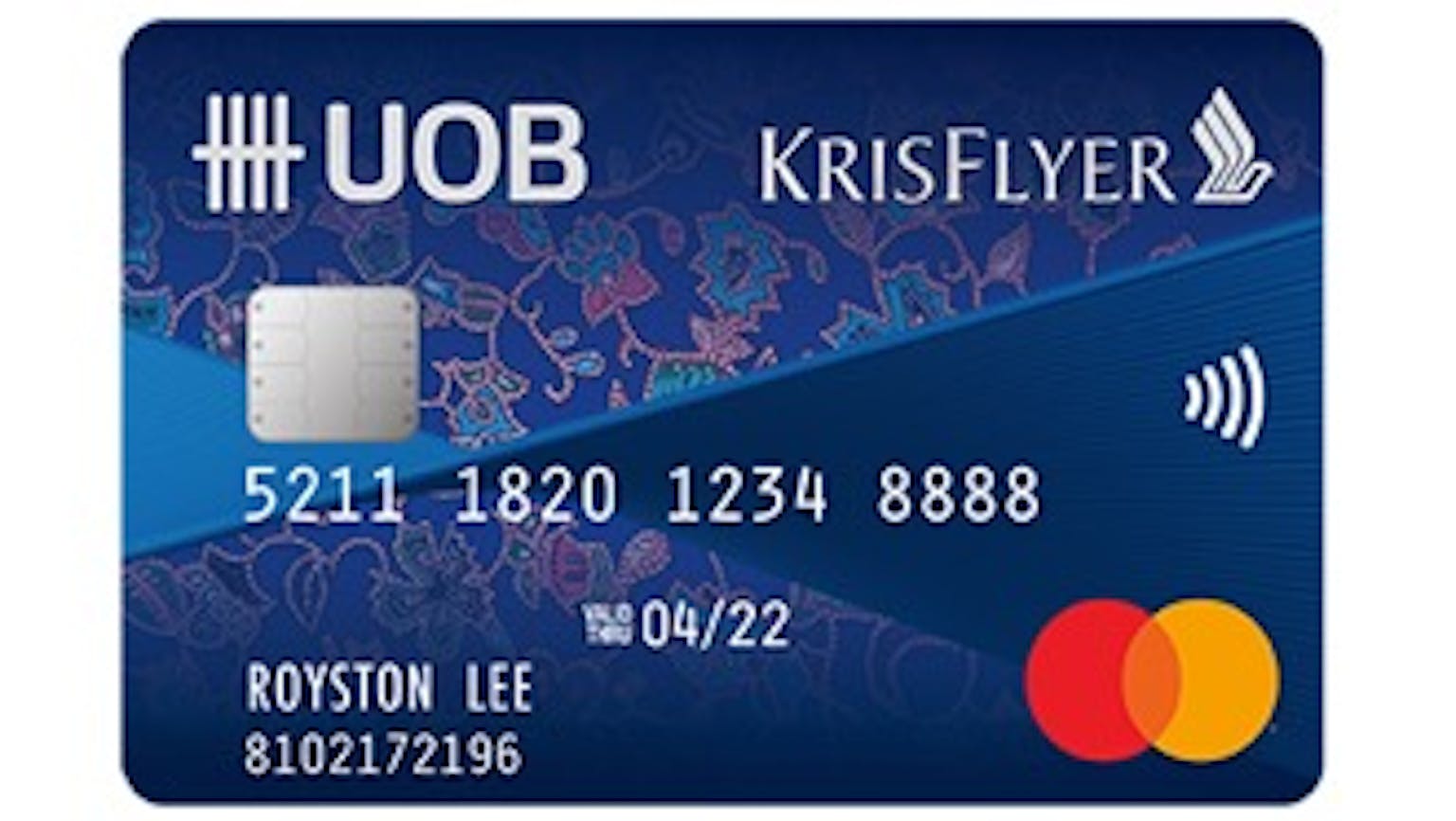
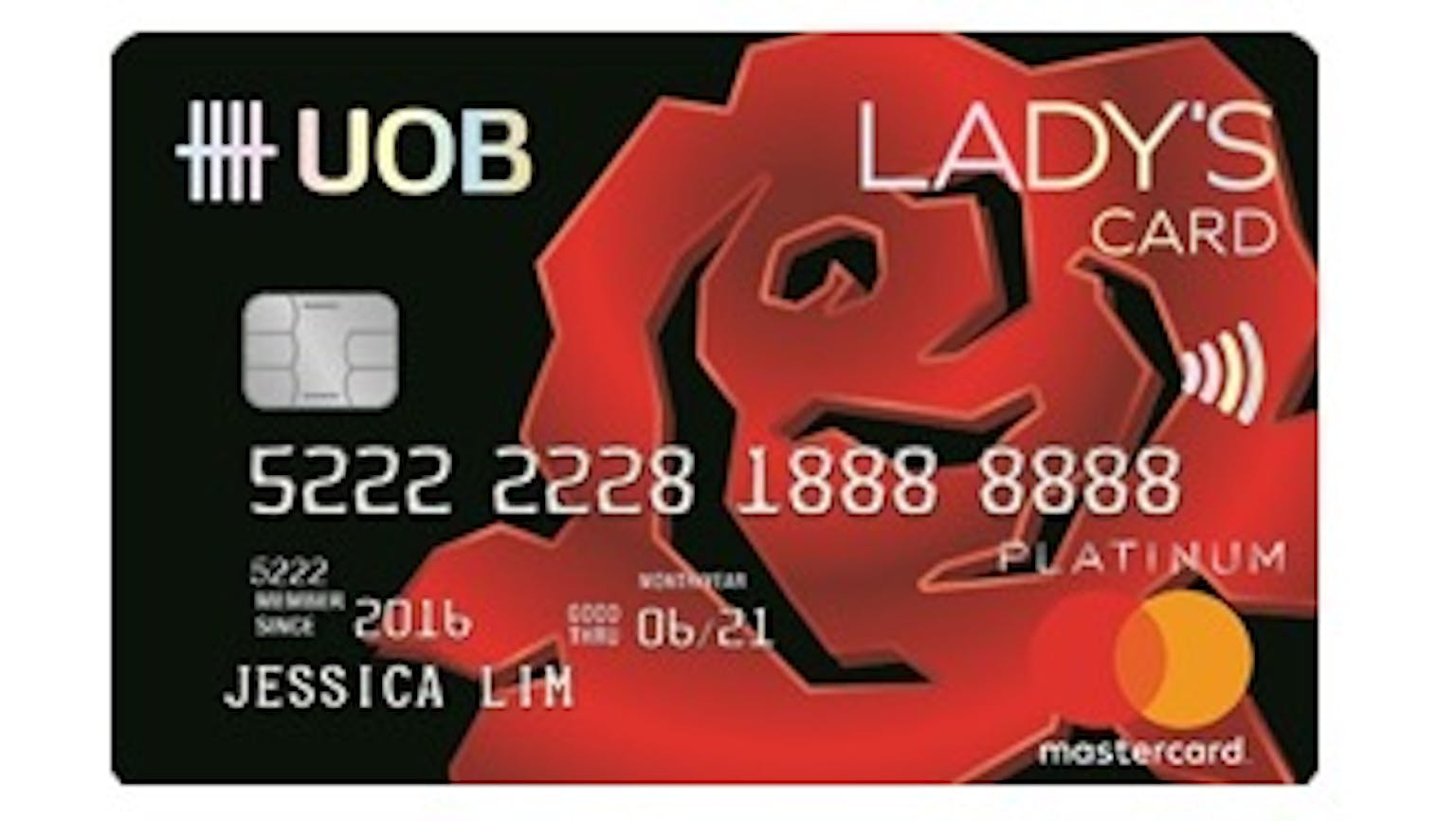
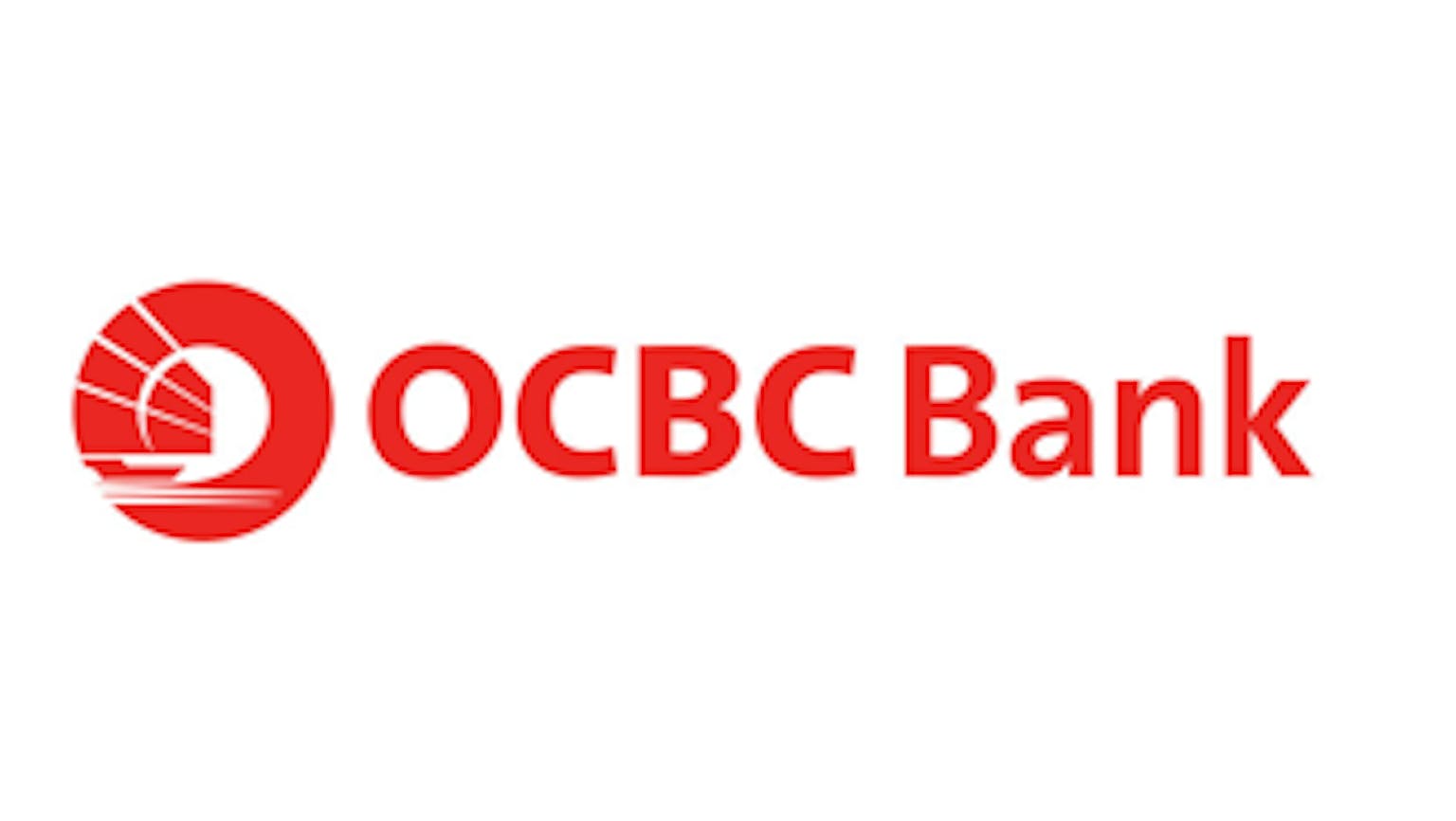
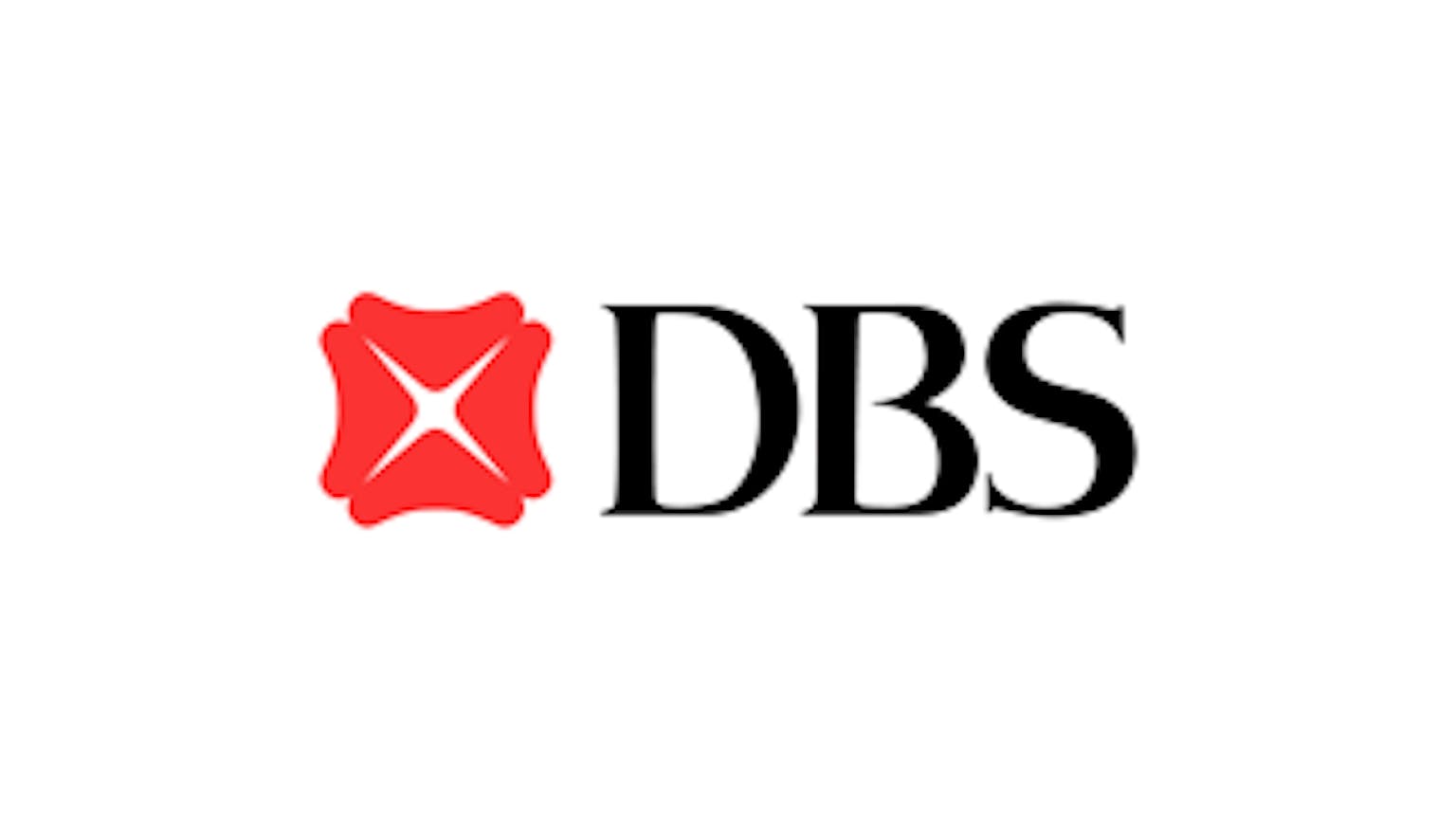
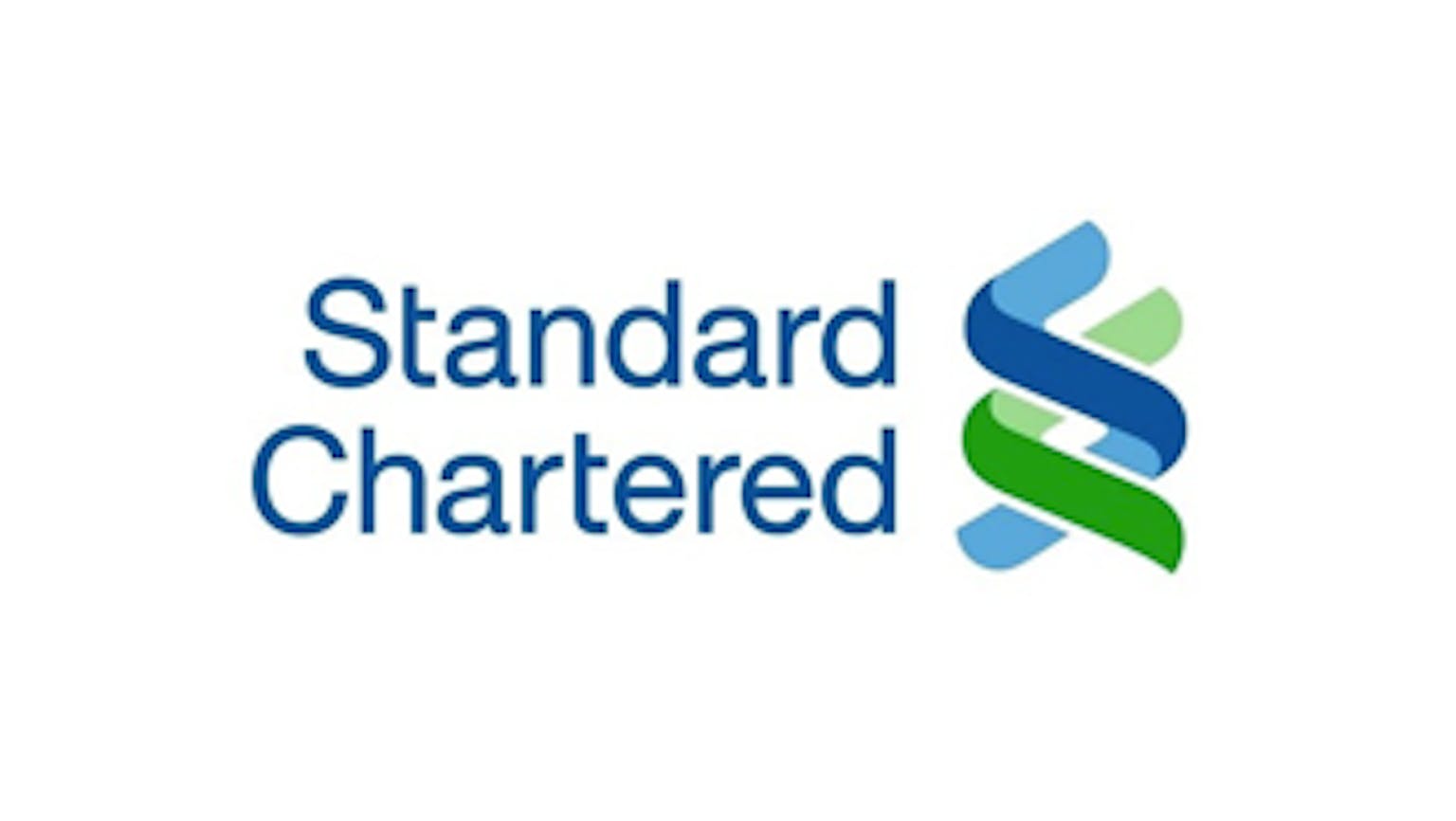
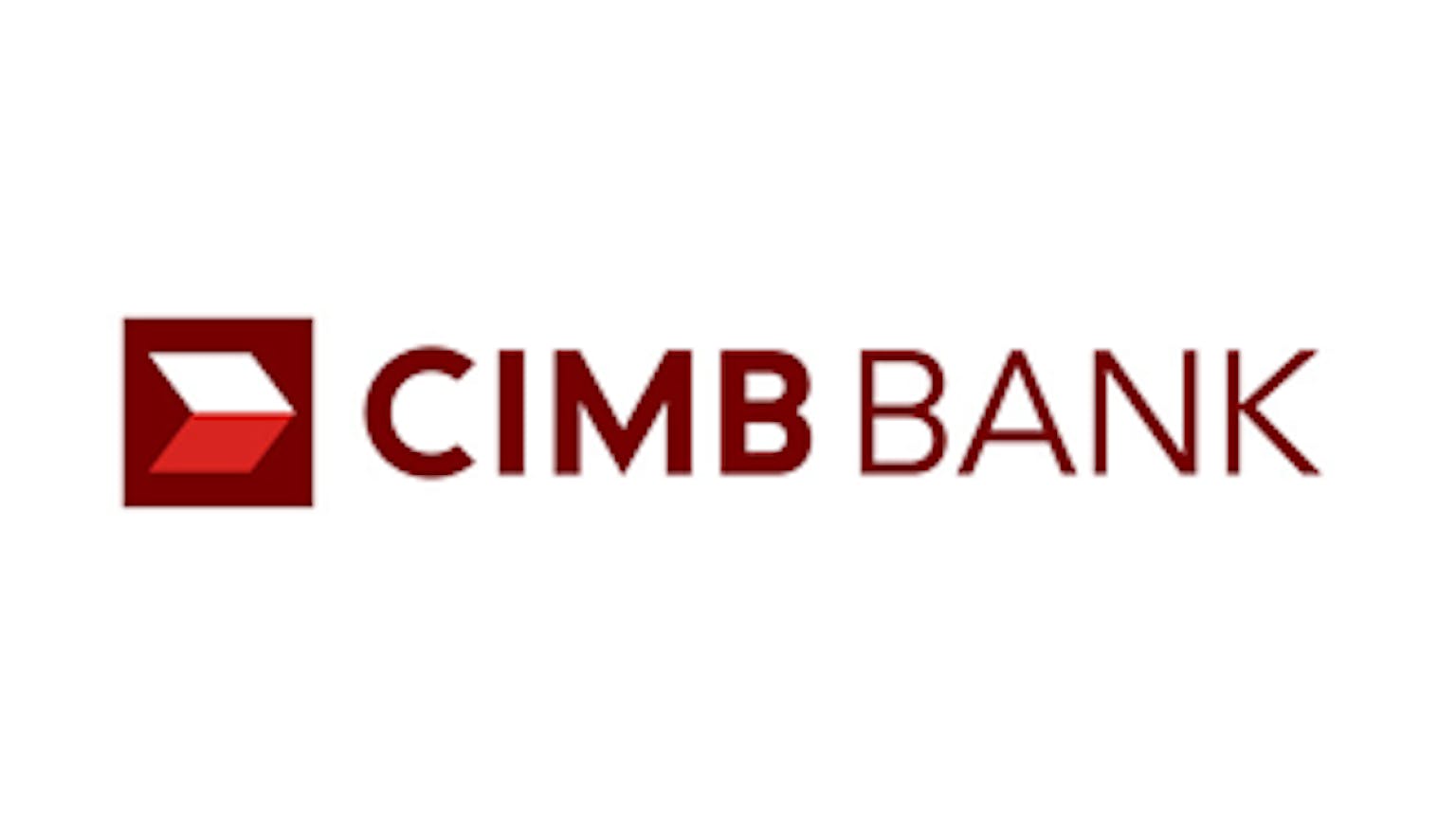

Please leave your knowledge and opinion!